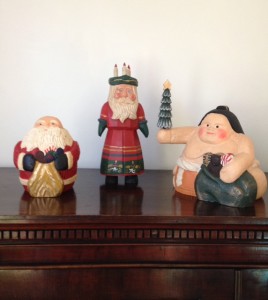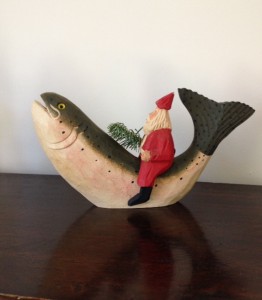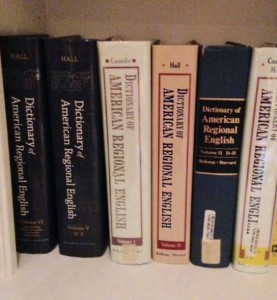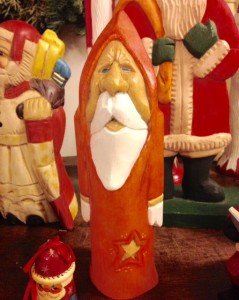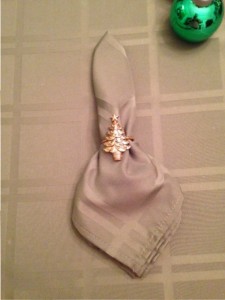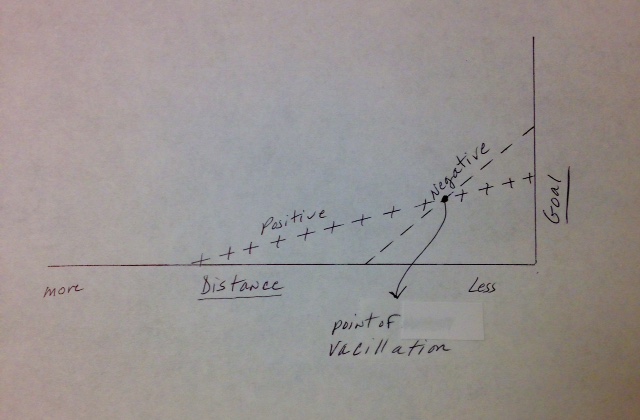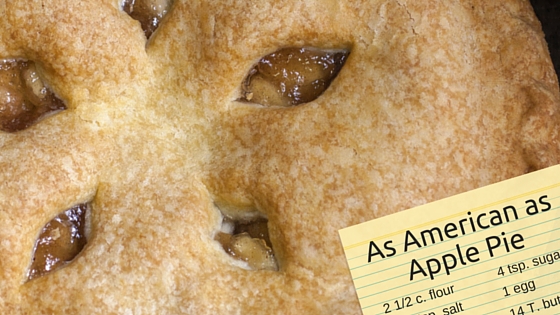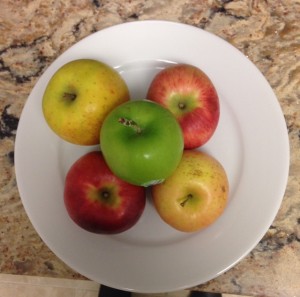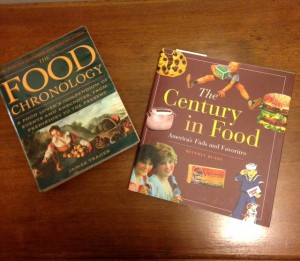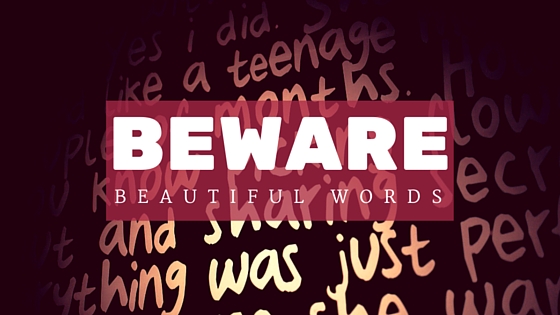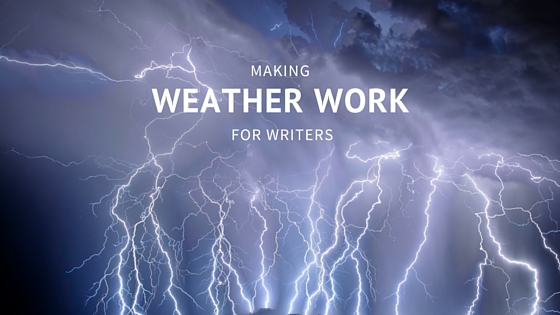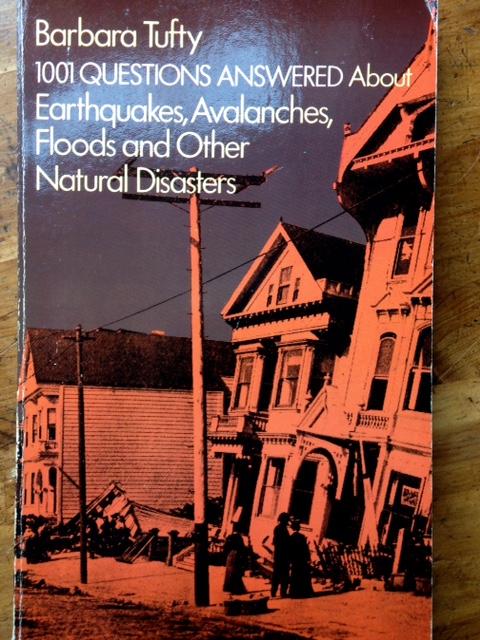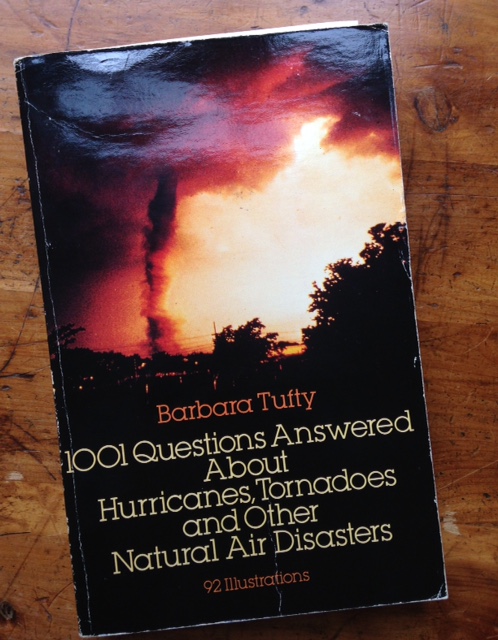What do these five carved wooden Santas have in common?
Creativity and Divergent Thinking
- Plot Titles: participants are give a story plot and instructed to write original titles
- Quick Responses: a word-association test scored for uncommonness
- Figure Concepts: participants get simple drawings of objects and individuals and are asked to find commonalities in two or more drawings
- Remote Association: participants are asked to find a word between two given words (e.g., Hand Call)
- Remote Consequences: participants generate a list of consequences of unexpected events (e.g., loss of gravity)
- Unusual Uses is finding unusual uses for common objects, such as bricks.
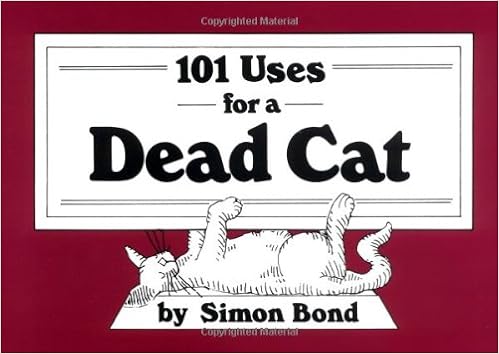
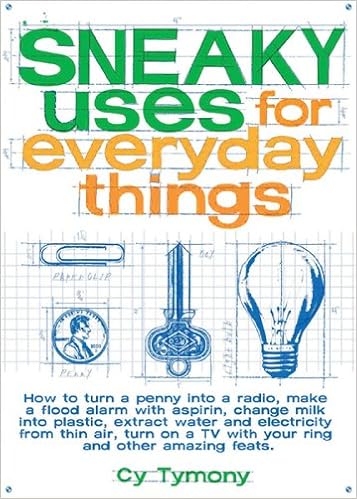
Gregory Feist did a meta-analysis of data on creative people and found the strongest related traits were openness to new experience, conscientiousness, self-acceptance, hostility and impulsivity. Besides these traits, other research has identified additional traits associated with creativity: self-confident, ambitious, impulsive, driven, dominant, and hostile.

